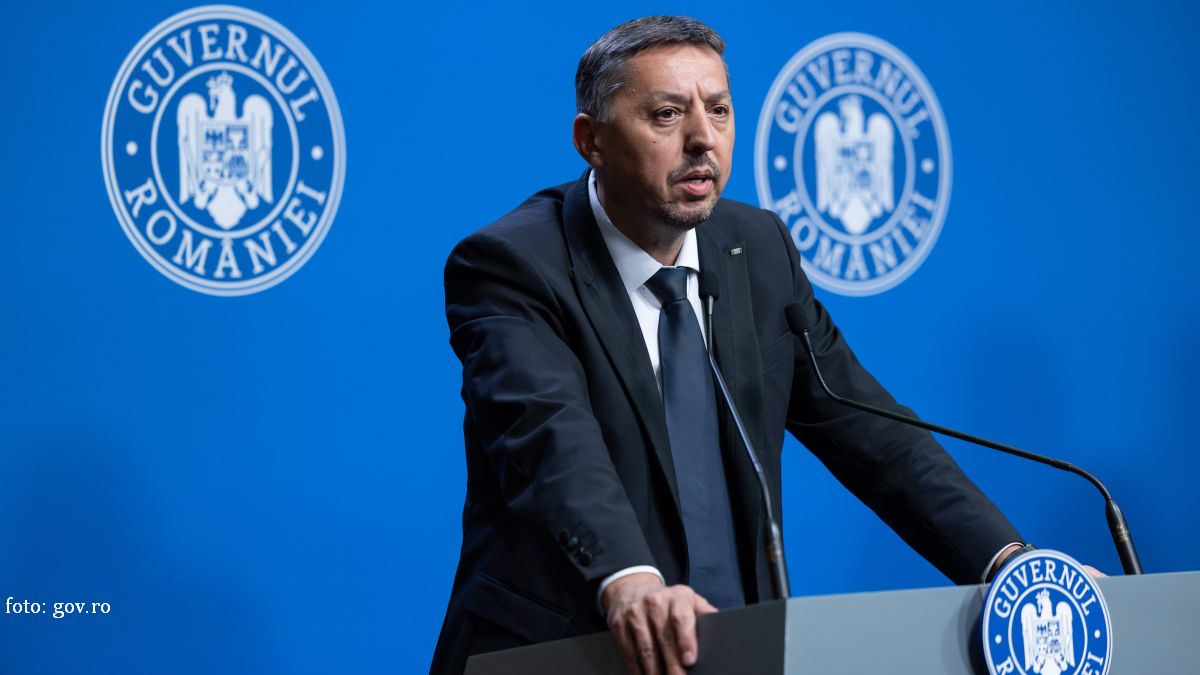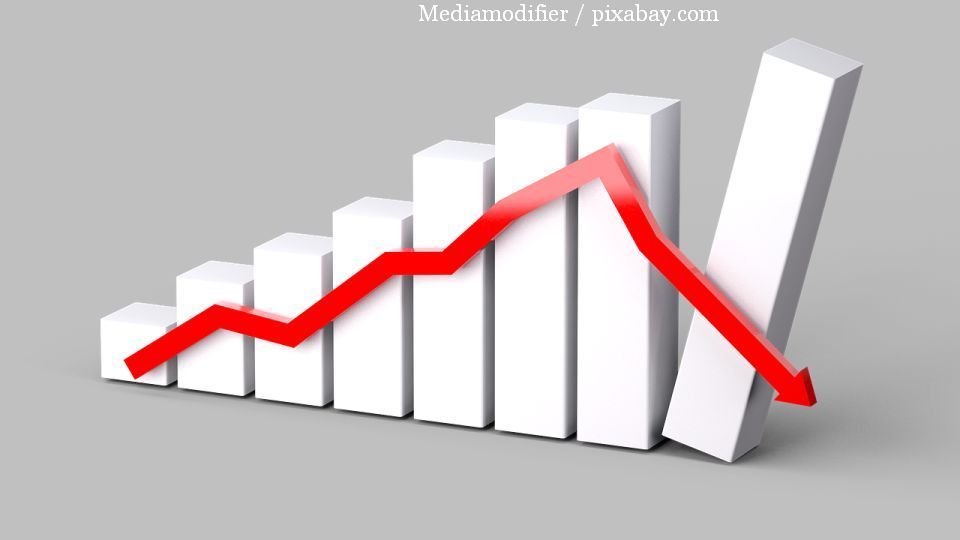Between stagflation and economic growth
Economic growth forecasts are worsening at a fast rate

Mihai Pelin, 18.05.2022, 14:00
Romania’s economic status is growing ever more disquieting,
amid pessimistic forecasts by the central bank and the European Commission’s
economic report, which estimates that central and eastern European countries
will have higher inflation rates this year than the rest of the EU. According to
Brussels, after a strong, 5.9% growth rate in 2021, Romania’s economy is likely
to slow down to 2.6% this year, as inflation erodes people’s incomes and Russia’s
aggression in Ukraine affects economies, supply chains and investments.
For next year, the European Commission expects economic
growth to pick up slightly, to 3.6%, following a possible drop in inflation. Unemployment
is predicted to stay at around 5.5 %, with prices likely to reach a peak this
year and gradually go down in 2023. Meanwhile, the public deficit will reach 7.5%
of GDP this year, possibly dropping to 6.3 % in 2023.
According to EU officials, this year’s inflation will
get to a record-high 8.9% in Romania, almost double the 4.1% rate in 2021, and
will slow down to 5.1% in 2023.
In turn, the National Bank confirms the rise in
inflation and does not expect it to go below 10% until the second half of next
year. Meanwhile, the National Statistics Institute confirms that in the first
quarter of this year the economic growth rate stood at over 5% compared to the
previous quarter and 6.5% compared to the first quarter of last year. Nonetheless,
the central bank adviser Lucian Croitoru believes that in the forthcoming
period Romania might be facing stagflation. This is more dangerous than extended
inflation, in that it also involves stagnant economic output.
Lucian Croitoru: The first half of the word comes from stagnation.
Which is not necessarily the same as recession, it might only be a slow, 1.5-2.5%
growth, which is not something we are used to in Romania. So I think this is
very possible. On the one hand, short-term inflation encourages production, even
stimulates a rise in budget revenues, but mind you, this is fuelled by
inflation and is not going to last. On the other hand, the war may entail lots
of challenges, it is unpredictable, we have no forecasts on how a conflict like
this may end, with so many factors involved. But, as Hemingway put it, inflation
and war are always solutions to policies lacking principles.
If the Romanian economy
enters the predicted stagflation period, prices and unemployment will rise,
expenditure will be low, life will be ever more expensive and economic
difficulties will deepen. (AMP)






























